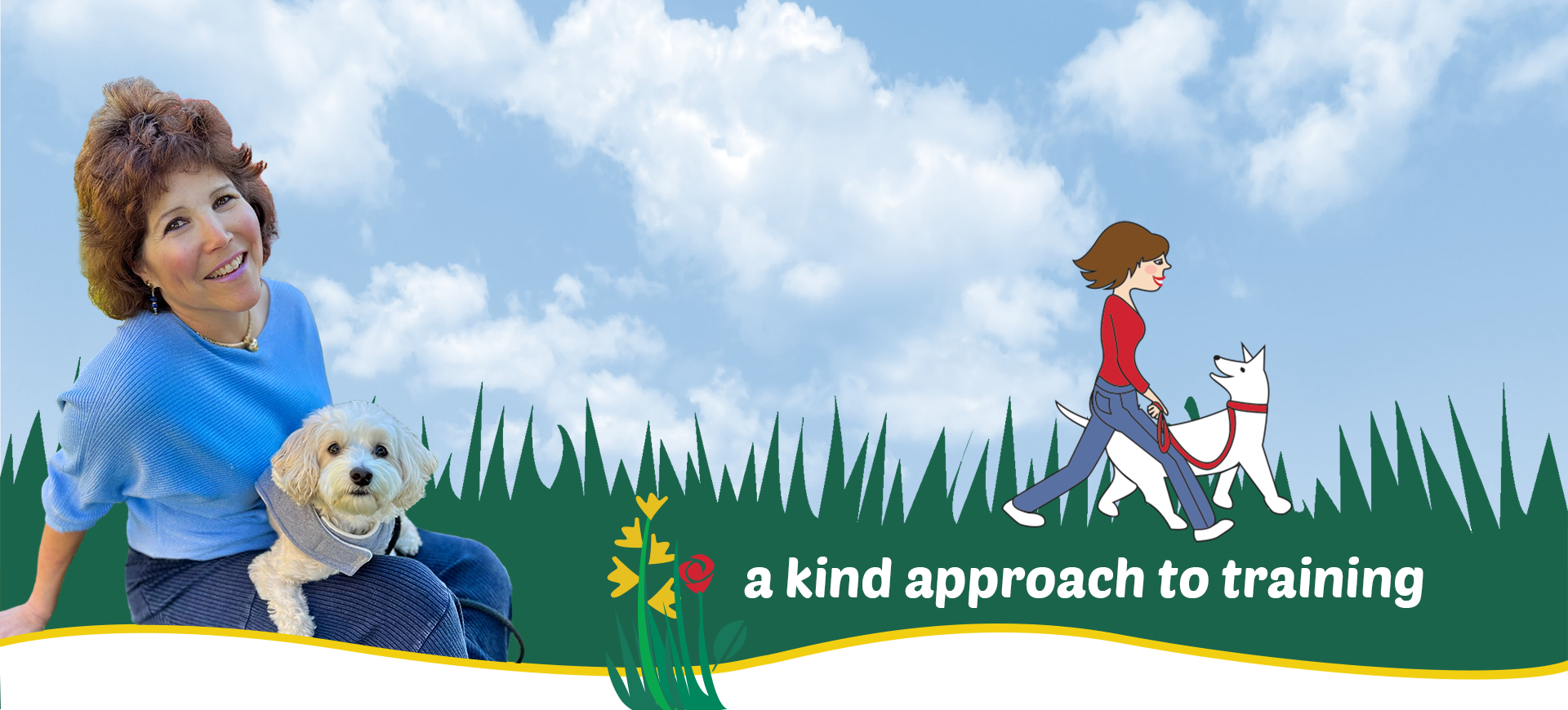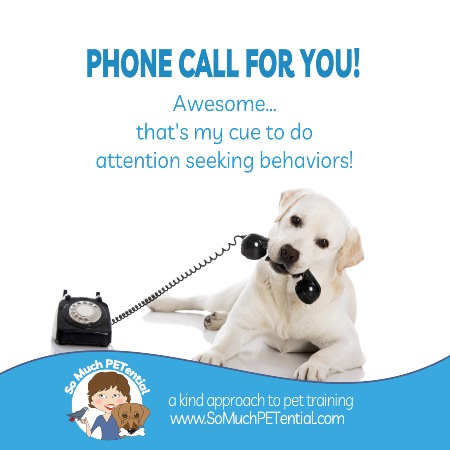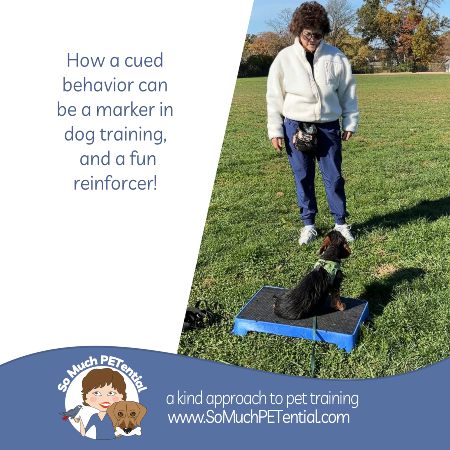From the perspective of Dawson, director of joyful learning.
One day my mom moved my bed into our kitchen, and then gated off the space so I couldn’t leave. She said it was to help me learn my lesson of going to my bed when she tells me to.
 At first, I was a little confused. I mean, normally my bed is in the middle of our living room, surrounded by my toys that are scattered all over the floor where I last left them; and not far from my crate that I like to run in and out of. I often jump onto my bed with a toy, jump off, and jump on again. And a lot of times I only stay on my bed for seconds at a time. There is just way too much else for me to do.
At first, I was a little confused. I mean, normally my bed is in the middle of our living room, surrounded by my toys that are scattered all over the floor where I last left them; and not far from my crate that I like to run in and out of. I often jump onto my bed with a toy, jump off, and jump on again. And a lot of times I only stay on my bed for seconds at a time. There is just way too much else for me to do.
Mom tried to teach me to go to my bed when it was in my living room but she said I get too distracted out there. She said that was not a good place for me to begin the learning process.
That is very strange because I am always learning and I am always curious about stuff. That is why I am always off investigating my environment, finding cool things to interact with on the floor or barking sometimes when I hear a neighbor I may want to play with. Interacting with toys, pillows, people, and really a lot of things gives me mental and physical stimulation, an outlet for my energy, and helps me fulfill my big need for social interaction – so of course, I am going to want to investigate and interact with my environment more!
Ok, that being said, I have to admit, I got this whole concept of going to my bed when mom tells me to pretty quickly when she moved my bed into the kitchen. Mom can be pretty smart sometimes.
From the perspective of me (Lisa Desatnik)
I have a very active puppy who solicits play with people and the environment during much of his waking hours. The very qualities that people (including me) find endearing about my little boy are the qualities that have made teaching him the behaviors I want him to learn sometimes very challenging.
With any dog, puppy or other animal that I am training, I know that in order to help our lesson succeed, part of my role as the teacher is taking the feedback that my student gives me as to what hinders or helps their ability to want to stay in the lesson and their ability to do what I am trying to teach. A few of the questions I may ask myself include – are their too many competing reinforcers and distractions in the environment, am I using a high value reinforcer, am I using a high enough rate of reinforcement, am I breaking down the behavior enough for the learner to get it, is my body posture or proximity causing stress in the animal, have I been training for too long of a period of time.
In this particular situation, I knew that trying to teach Dawson to go to his bed in the midst of my living room was a losing battle. There were far too many competing reinforcers for him there that were drawing his attention away, especially given that his attention span was so short.
After initially teaching him what my cue of ‘go to your bed’ means in a low distraction environment, THEN I could practice in my living room using those very same distractions (toys) as high value reinforcers for his running to and laying in his bed (sending him to his bed and then cueing him to go get a toy).
The next time you run into a training stumbling block, ask yourself, what can YOU do to help you and your pet succeed?







